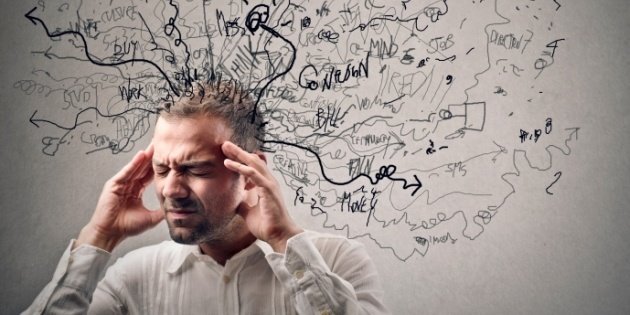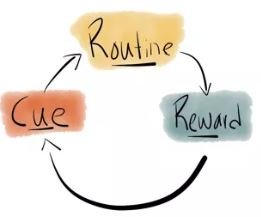Part 5: How Triggers Work?
We always have a choice.

That’s not so clear-cut when the subject is triggers and our response to them. The antecedent is the event that prompts the behavior. The behavior creates a consequence. The classic sequencing template for analyzing problem behavior in children was known as ABC, for antecedent, behavior, and consequence.
ABC Chart
Antecedent: The teacher asks the child to finish the task
Behavior: The children reacts by throwing a tantrum
Consequence: The teacher responds by sending the student to the principles office.
That’s the ABC sequence and is applied to breaking and forming habits. Instead of antecedent, behavior, and consequence. It can be tweaked into using the terms cue, routine, and reward to describe the three-part sequence known as a habit loop.
The Habit Loop
Cue: Smoking cigarettes is a habit loop consisting of stress
Routine: Nicotine stimulation
Reward: Leading to temporary psychic well-being
The Habit loop makes it sound as if all we need is an awareness of our cues, so we can automatically respond with an appropriate behavior. The people in our lives care enormously whether we yield to our first unwelcome impulse or we stifle the impulse and come up with a better choice. We must be adaptable, not habitual, because the stakes are so high. If I surrender to my nicotine cravings and smoke a cigarette, I hurt myself. If I lose my temper with my child, I hurt my child.
The Three-eye Blink

The last tweak to the model is The three eye-blink moments, which comprises of the first impulse then awareness, then a choice. This is a crucial intervals between the trigger and our eventual behavior. When a trigger is pulled we have an impulse to behave a certain way.
We are not primitive sea slugs responding with twitchy movement whenever we’re poked with a needle. We have brain cells. We can think. We can make any impulse run in place for a brief moment while we choose to obey or to ignore it. We make a choice not our of unthinking habit but as evidence of our intelligence and engagement. In other words, we are paying attention.
This is how triggers work. The more aware we are, the less likely any trigger, even in the most mundane circumstances, will prompt hasty unthinking behavior that leads to undesirable consequences. Rather than operate on autopilot, we’ll slow down time to think it over and make a more considered choice.
We don’t yield to impulse, we reflect, choose, then respond.
So will you give in to the perfectly natural impulse to express your scorn, or will you take a breath and make a smarter choice?

